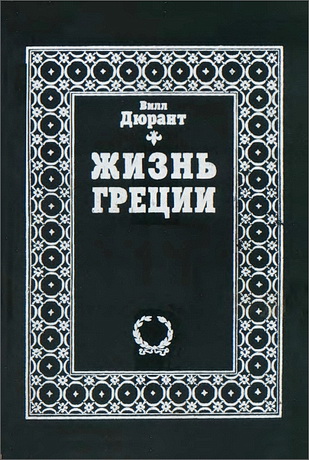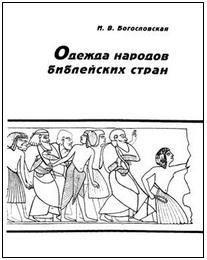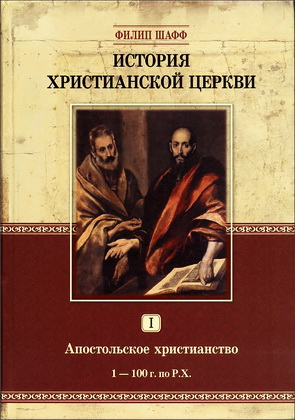
Corinth in Context - Comparative Studies on Religion and Society

After the Roman consul L. Mummius sacked Corinth in 146 bce, the Romans founded a colony at the same location almost a century later (ca. 44 bce). The population which inhabited the colony in the first century or two of its existence has seldom been studied in its own right; far more oft en, scholars have treated the population as an appendage to studies of other aspects of Corinth.
What follows is an attempt instead to focus on the population itself by bringing to bear a variety of evidence, both literary and epigraphic, much of which has previously been neglected, and to examine what conclusions concerning the population can reveal about the culture and society of early Roman Corinth.
Corinth in Context - Comparative Studies on Religion and Society
Brill, Leiden, Boston 2010 y – 545 р.
ISBN 978 90 04 18211 0
Corinth in Context - Comparative Studies on Religion and Society – Contents
List of Illustrations
Acknowledgments
List of Abbreviations
List of Contributors
- I. Introduction: Context, Comparison. Steven J. Friesen
IMPERIALS: GREEK & ROMAN
- II. The Social and Ethnic Origins of the Colonists in Early Roman Corinth. Benjamin W. Millis
- III. Asklepios in Greek and Roman Corinth. Bronwen L. Wickkiser
- IV. The Emperor in a Roman Town: the Base of the Augustales in the Forum at Corinth. Margaret L. Laird
- V. Greek Heritage in Roman Corinth and Ephesos: Hybrid Identities and Strategies of Display in the Material Record of Traditional Mediterranean Religions. Christine M. Thomas
SOCIAL STRATA
- VI. Image and Cult: Th e Coinage of Roman Corinth. Mary E. Hoskins Walbank
- VII. Ceres, Κόρη, and Cultural Complexity: Divine Personality Definitions and Human Worshippers in Roman Corinth. Jorunn Økland
- VIII. The Wrong Erastus: Ideology, Archaeology, and Exegesis. Steven J. Friesen
- IX. Where Have all the Names Gone? The Christian Community in Corinth in the Late Roman and Early Byzantine Eras. Michael B. Walbank
- Appendix: The Corinthian Census
LOCAL RELIGION
- X. Seeking Shelter in Roman Corinth: Archaeology and the Placement of Paul’s Communities. Daniel N. Schowalter
- XI. Paul and the Politics of Meals in Roman Corinth. James C. Walters
- XII. The Sacred Spring: Landscape and Traditions. Guy D. R. Sanders
- XIII. Religion and Society at Roman Kenchreai. Joseph L. Rife
- XIV. Religion and Society in the Roman Eastern Corinthia. Timothy E. Gregory
Bibliography
Index
Maps
Corinth in Context - Comparative Studies on Religion and Society - Introduction: context, comparison. Steven J. Friesen
Context and comparison are fundamental for the studies in this volume. In one sense Corinth is the context for our work, for each chapter focuses on an aspect of life in that urban center. Every contributor has selected a Corinthian monument like the Sanctuary of Demeter and Kore or the Sacred Spring; a collection of artifacts like the colony’s coinage or its early Byzantine epitaphs; a group of people like the early colonists or the churches there related to the apostle Paul; or affiliated communities like the port of Kenchreai or the Isthmian Sanctuary.
In another sense, the contextualization of these materials goes far beyond the Corinthia, for every chapter also makes comparisons with phenomena from other cities and regions in the Mediterranean basin. We cannot understand the Base of the Augustales of Corinth without surveying Augustales elsewhere; we cannot chart the changing significance of Corinth’s Asklepios precincts without examining other healing sanctuaries; we cannot describe Corinth’s municipal oikonomos without reference to oikonomoi of other cities; nor can we estimate the influence of Roman imperialism without knowledge of its effects in other cities and regions. The importance of comparison is driven home by a crucial document like Corinth’s colonial charter, for the charter is lost and we would have no knowledge of the colony’s constitution without parallels from the fragmentary remains of other colonial charters.
So our knowledge of the ancient world is necessarily contextual and comparative, charting relationships near and far. In this volume our method reflects this situation: each article combines an intensive analysis of minute details from particular Corinthian artifacts with a wide ranging search for appropriate comparisons. The goal of this approach is to elucidate what Corinth had in common with its contemporaries and to identify distinctive features that set Corinth apart. The temporal limits of the investigations run from the Classical to the early Byzantine periods, but there is a special concentration on the Roman imperial era when the Greek city was reestablished as a Roman colony.
Our approach is also interdisciplinary. The fragmentary resources for contextualization and comparison arevaried, which means they require many specializations. Thus, the contributors use their training in the study of inscriptions, architecture, sculpture, coins, burial customs, pottery, stone, soil, texts, society, and religion in order to develop a picture of Corinth that is as comprehensive as possible in light of the data at our disposal.
This interdisciplinary, comparative, contextual approach results in contributions that cover a range of materials and topics. Throughout the discussions, however, three interlocking themes emerge: the negotiation of Greek and Roman heritage in an imperial setting; the need to locate our subjects within their socially stratified settings; and the articulation of local religious identities.




Комментарии
Пока нет комментариев. Будьте первым!